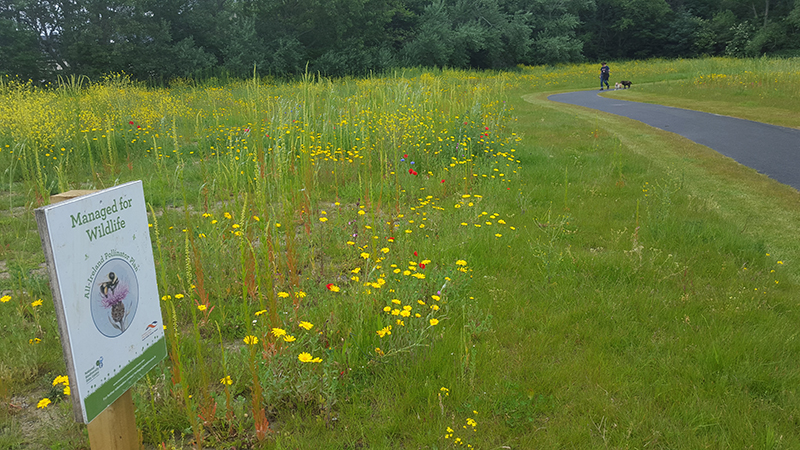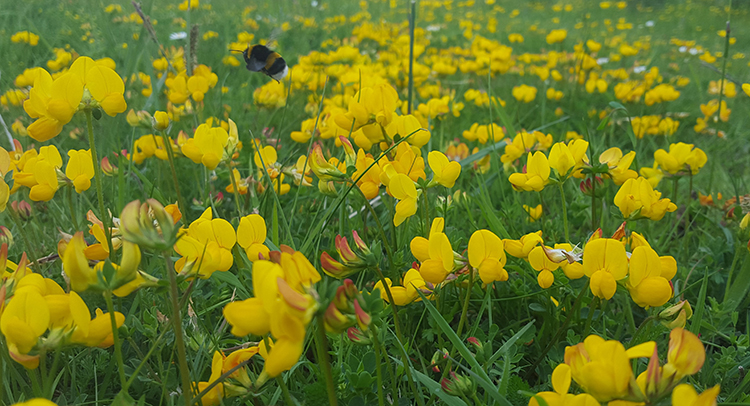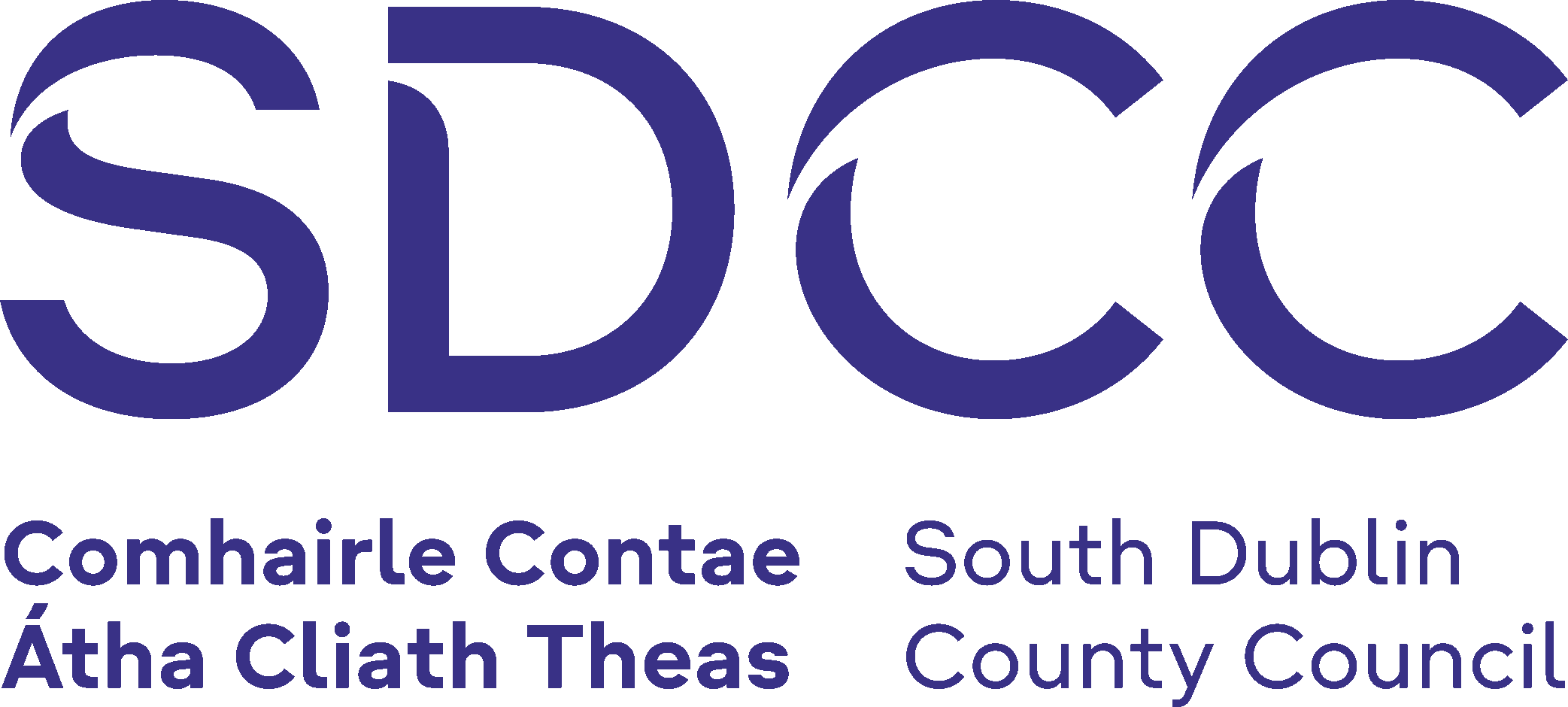
News
Council reducing grass cutting to benefit our pollinators

As part of South Dublin County Council’s engagement with the All-Ireland Pollinator Plan, the Council’s Heritage Officer and staff in Public Realm Section are undertaking a range of projects to assist our native pollinating insects like honeybees, bumblebees, hoverflies, and butterflies.
One of these projects involves selecting areas of our public parks and other appropriate roadside verges around the County where a plan for reduced mowing can be implemented for the benefit of biodiversity.
One-third of Irish bee species are threatened with decline and extinction as a result of habitat loss. The Council is acting to improve this situation by reducing the frequency of grass cutting in selected areas. This will allow wildflowers to grow, offering vital nectar and pollen food sources for pollinators at different times of the year.

These ‘pollinator sites’ can be identified by the ‘Managed for Biodiversity’ signage that is being erected in the chosen areas. These areas will be managed in a less intensive manner, with fewer cuts throughout the growing season to allow low-growing flowers to come through such as clovers, buttercups, daisies, self-heal, and birds-foot trefoil.
A margin around the selected pollinator sites will be cut regularly to maintain neat and tidy edges along paths, high visibility locations and roadside verges. At the end of the flowering season, everything will be cut back and more regular maintenance patterns will resume until next year’s flowering season commences once again.
These actions are being taken by SDCC to make space for nature and to provide support to pollinators and other insects as recommended under the All-Ireland Pollinator Plan.
This approach will also help to develop green networks (Green Infrastructure) across the County, as proposed in other Council plans including the County Development Plan, the County Heritage Plan, the draft County Biodiversity Plan, and the Climate Change Action Plan.
Next Item
